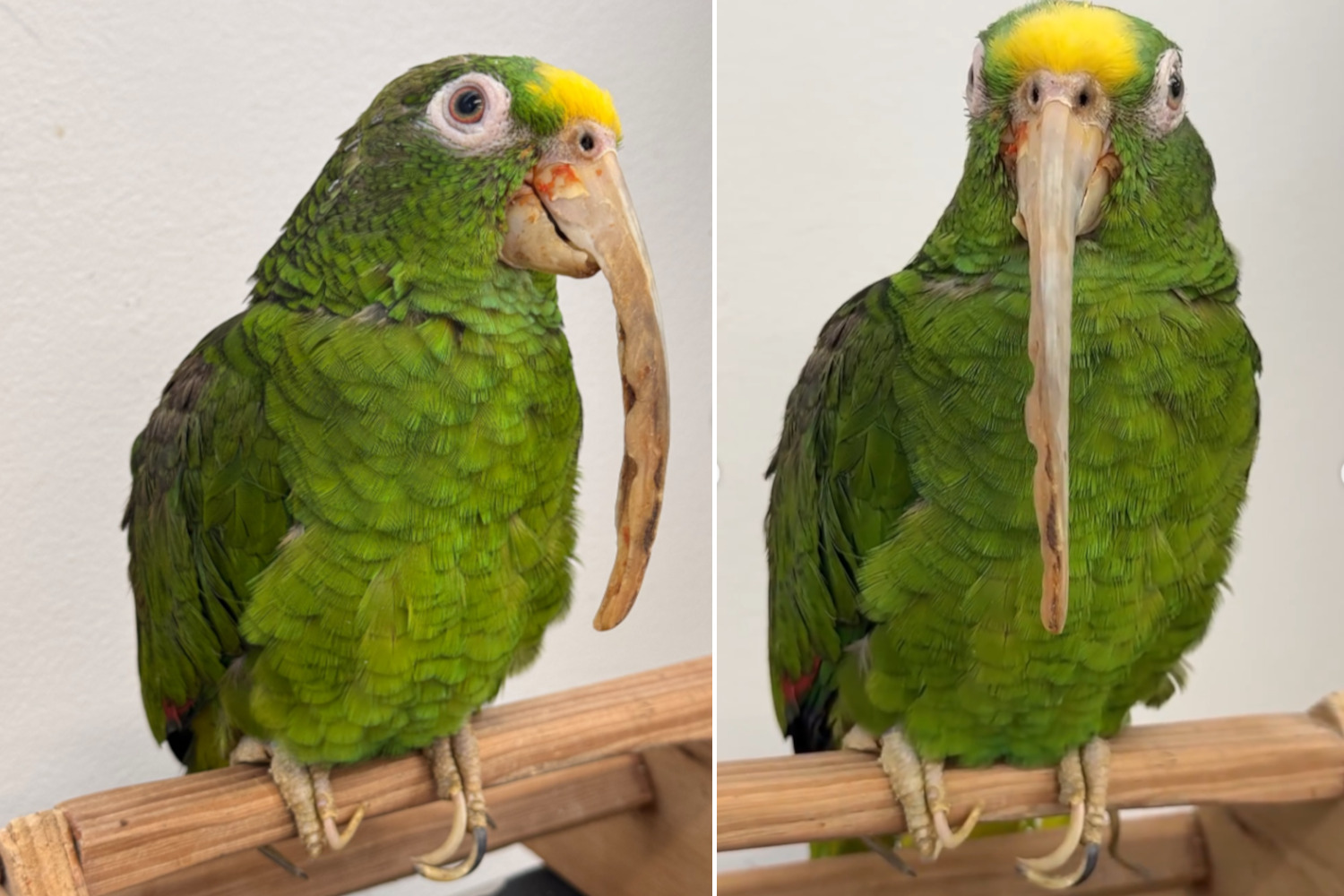A yellow-headed caique parrot freed after 32 years in captivity highlights the cruelty of the illegal wildlife trade and the need for stricter animal protection laws.

@areametropol/Instagram
A yellow-headed caique parrot has been released after 32 years in a cage in Antioquia, Colombia. The environmental authorities in Medellín discovered the bird in inhumane conditions, with abnormally long nails and beak due to a lack of movement and proper care. Disturbing images revealed a weakened animal, unable to stand or feed itself as it should.
The parrot, belonging to a wild species, had never flown, climbed trees, or lived in its natural way. It was a life of suffering, with authorities stressing that keeping a wild animal in captivity is not a sign of love, but of cruelty. “Its body told the story of years of mistreatment disguised as affection,” they wrote in an Instagram post, sparking outrage across social media.
A victim of ilegal wildlife trafficking
Sadly, parrots like this one are among the most trafficked species due to their ability to mimic human speech. Their demand on the black market, along with habitat destruction, leaves them highly vulnerable. Despite existing wildlife protection laws, many of these birds end up in cages for their entire lives, deprived of freedom.
The Medellín Wildlife Recovery Center, in partnership with CES University, sent a strong message: “Parrots are not toys, but living beings that deserve to fly.” The hashtag #DíaMundialdelLoro (World Parrot Day) has reignited the debate over the illegal wildlife trade.
This case serves as both a call to action and a warning: nature is not a form of entertainment for humans. Stricter controls and a culture of respect are necessary to prevent more animals from suffering the same fate. Simply releasing them is not enough; we must prevent them from being imprisoned for years, far from their natural habitats and true lives.
